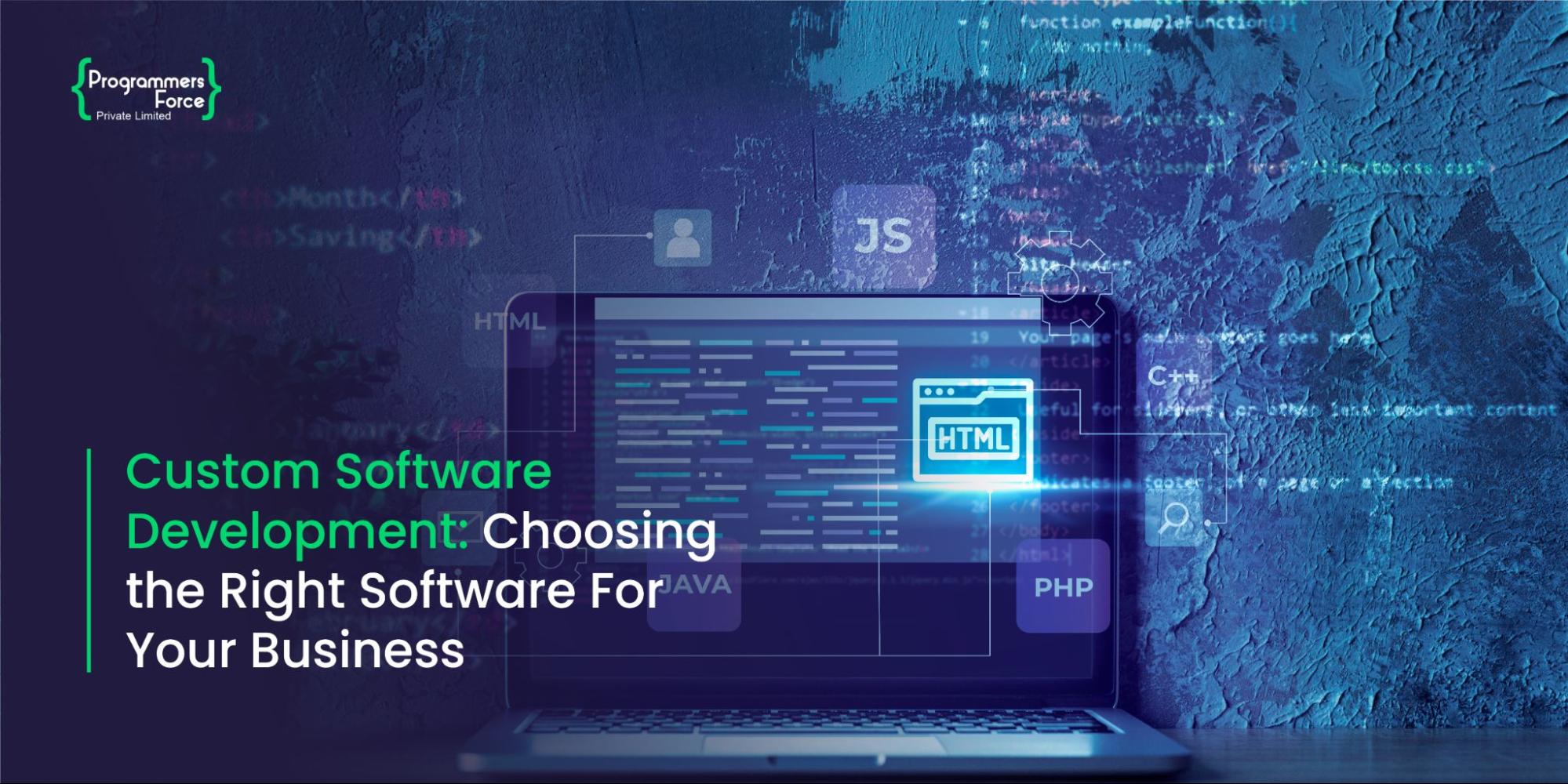
What are Cloud Native Applications? A Comprehensive Guide
Organizations are shifting gears towards cloud-based solutions, especially in the tech sector. When choosing a public, private or hybrid network, organizations seek cloud infrastructure to accelerate growth and outperform their competitors. To achieve maximum digital experience and consume the full potential of cloud technology, businesses tend to choose cloud-native applications. It is a one-of-a-kind solution that major market titans such as Netflix, Uber, and Pinterest use to meet their growing demand and user expectations. According to Statista, the cloud application market value is expected to reach $153 billion by the end of 2023. In this blog, we will go through all the necessary concepts of cloud-native technology and understand how it pushes cloud computing solutions to the next levels.
What is Cloud-Native?
“Cloud-native” has become a buzzword in the current software development market, but not everyone knows what it means. Cloud-native, at its core, refers to a method of developing and deploying applications that are specially built to function on cloud platforms such as Amazon Web Services (AWS), Microsoft Azure, or Google Cloud Platform (GCP). Cloud-native development promotes shorter development cycles, more scalability, and greater error and failure prevention strategies.
Cloud-Native Apps
Cloud-native apps are built from the ground up to use the cloud’s potential. These applications are designed for scalability, agility, and resilience, as explained above, and are created with cloud-based technologies, tools, and platforms. Cloud-native programs often comprise loosely interconnected microservices that can be built, deployed, and scaled separately, allowing faster problem solutions and flexibility. These programs are also containerized, allowing them to function reliably across diverse contexts, across separate environments. From development to production, cloud-native applications are easier to maintain and grow.
Cloud-Native Architecture
Cloud-native architecture refers to a collection of design principles and best practices for developing cloud-optimized applications. The four major pillars of cloud-native architecture are:

Microservices
As mentioned earlier, microservices are one of the primary pillars of cloud-native architecture. It is an architectural pattern for designing systems that consist of a collection of tiny, loosely connected services that may be built, deployed, and scaled separately. Each microservice is in charge of certain application functionality and connects with other microservices over lightweight protocols such as HTTP or message queues. Microservices provide faster development cycles since each service can be built, tested, and deployed independently of the rest of the program.
DevOps
DevOps is a well-known and collaborative approach to software development in which development (Dev) and operations (Ops) teams collaborate throughout the software development lifecycle. In cloud-native applications, DevOps prioritizes automation, cooperation, and communication in order to provide solutions fast, more reliably, and with greater quality. One major upside of DevOps is easy testing of the cloud computing solutions that enable faster improvements over time, ultimately enhancing the complete cloud network.
CI/CD
Continuous Integration (CI), Continuous Delivery (CD), and infrastructure as code (IaC) are DevOps approaches that enable businesses to automate the development, testing, and deployment of software, as well as manage infrastructure in a consistent and repeatable manner. It is a separate cloud pillar due to the fact that it enables the firms to maintain a complete flow of source controls, builds, tests, and releases. CI/CD is considered as two parts of a single operation, but in the cloud-native world, the CD can be performed without continuous integration. One significant example is Azure CI/CD pipelines.
Containerization (Containers)
Containers are the components behind the concept of “create once, run anywhere.” They are manageable, executable elements that include all the dependencies within the cloud-native application and its source code. These virtualize the operating system and enable the application to be accessed from anywhere, from a private data center to a public cloud or even on your personal laptop. Containerization offers a logical package mechanism to make abstract applications. Big tech giants such as Google run everything in containers, from Gmail workspace to the world’s largest video platform, YouTube.
Importance of Cloud-Native Apps
There are a number of advantages of cloud-native applications as they provide highly maintainable and resource-efficient solutions. On top of it, cloud-native applications can be very helpful in business resource allocation as they preserve independence and allocate resources according to the requirements. They enable businesses to switch from resource-intensive traditional applications that consume higher revenue when it comes to scaling applications.
Talking of revenues, business owners can also lower their IT infrastructure expenses while responding to the highly competitive and ever-changing market conditions or client requirements. Here are some prominent benefits of cloud-native applications.
- Easy scalability of cloud apps
- Flexibility across various platforms
- Reduces cost compared to traditional applications
- Failure handling is efficient and recovery is easy
- Independence is another crucial factor that separates cloud-native apps from other applications.
- Cloud-native apps also open new venues for other development environments such as mobile cloud computing
Build Cloud-Native Apps with Programmers Force
To summarize, cloud-native apps are the future of modern software development, allowing enterprises to leverage the power of the cloud to create scalable, resilient, and agile applications. Businesses can accelerate their software development cycles, and improve usage scalability and adaptability. With cloud-native applications, organizations can deliver higher-quality software to market faster by adopting and leveraging microservices, implementing DevOps practices such as CI/CD, and utilizing containerization technologies. If you want to reap the benefits of cloud-native applications for your company, contact us now to see how our expertise in designing cloud-native apps may help your company prosper in the digital age. Don’t lose out on the benefits of cloud-native apps; contact us today to book a consultation!










